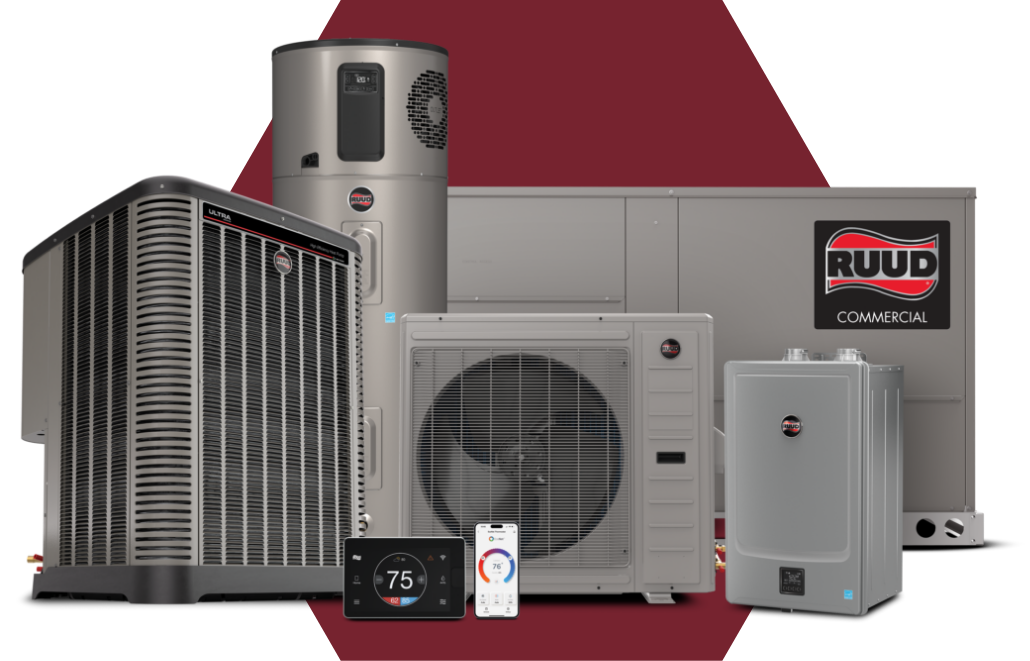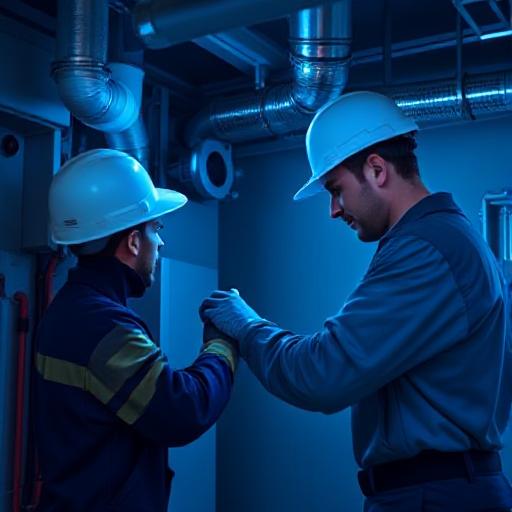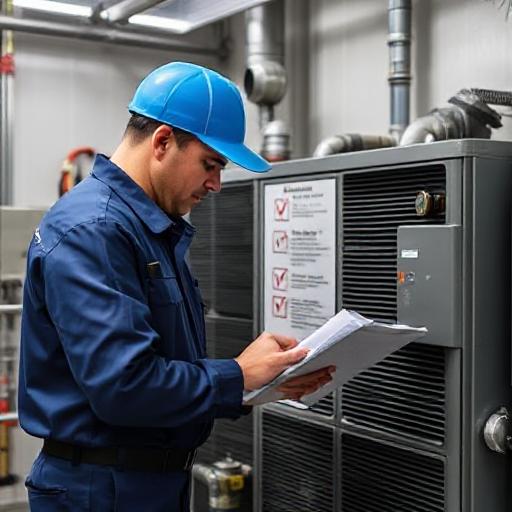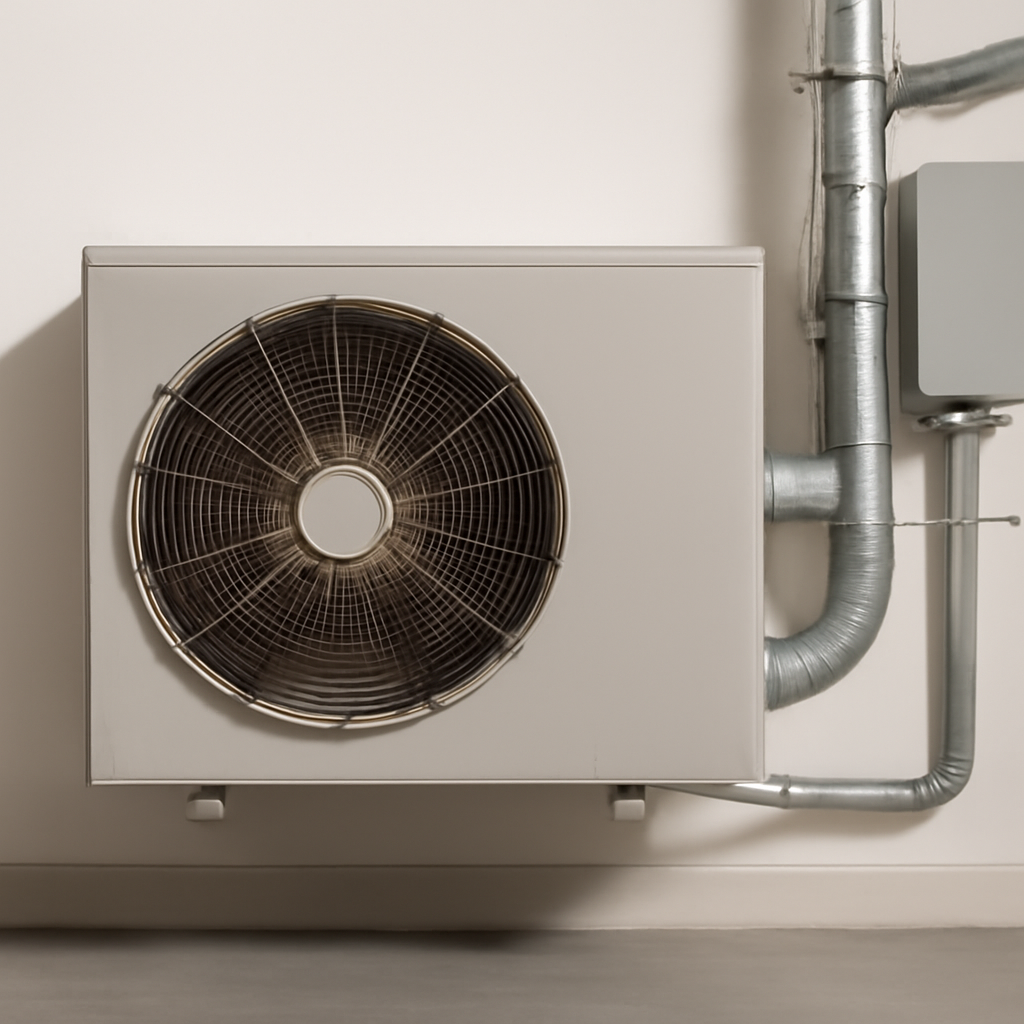The Benefits of HVAC Zone Systems for Your Home
Imagine being able to control the temperature in every room of your house with pinpoint precision. No more battling over the thermostat between those who love it warm and those who prefer a cooler environment. Sounds like a dream, right? Welcome to the world of residential HVAC zoning systems. In this blog post, we’ll dive into how these systems can revolutionize your home’s comfort and energy efficiency.
Understanding HVAC Zoning Systems
HVAC zoning systems allow you to divide your home into different zones, each with its own thermostat and climate control. This means you can maintain different temperatures in various areas of your home, catering to individual preferences and needs. The U.S. Department of Energy notes that HVAC zoning can reduce residential energy consumption and utility costs by up to 30%. But what exactly are the advantages of implementing such a system in your home?
The Advantages of Home HVAC Zone Systems
One of the most significant benefits of installing a home HVAC zone system is the improvement in comfort. Each family member can enjoy their personal space at their preferred temperature, which is especially beneficial in multi-story homes where heat naturally rises and creates temperature imbalances.
In addition to comfort, zoning systems help improve indoor air quality. By isolating zones, the spread of allergens and pollutants is minimized, especially when each zone uses targeted air filtration systems. This can be a game-changer for family members with allergies or asthma.
Energy Efficiency and Cost Savings
Energy savings with HVAC zoning are another compelling reason to consider these systems. By only heating or cooling occupied areas, you avoid wasting energy on empty rooms, which translates into lower utility bills and a smaller carbon footprint. This efficient operation also reduces the strain on your HVAC equipment, potentially extending its lifespan and reducing repair needs.
- Customized home temperature control for enhanced comfort
- Significant energy savings and reduced utility bills
- Improved indoor air quality and health benefits
- Extended lifespan of HVAC equipment
- Reduced environmental impact
Why Consider Multi-Zone HVAC Systems?
Multi-zone HVAC systems for houses offer a tailored approach to climate control that traditional systems simply can’t match. With advanced systems like Daikin’s ductless zoning solutions, you gain access to sophisticated temperature and airflow control, ensuring personalized comfort and maximum energy efficiency.
FAQs About HVAC Zone Systems
What are the HVAC zoning system benefits?
HVAC zoning systems offer personalized temperature control, improved energy efficiency, and enhanced indoor air quality. They also extend the lifespan of HVAC equipment by reducing unnecessary strain.
How does residential HVAC zoning reduce energy costs?
By only heating or cooling occupied zones, you avoid wasting energy on unoccupied areas, leading to significant reductions in energy consumption and utility costs.
Can HVAC zones improve home comfort?
Yes, HVAC zones allow for customized temperature settings in different areas of your home, providing tailored comfort for each occupant’s preferences.
What is the environmental impact of HVAC zoning?
HVAC zoning reduces energy consumption, which lowers your home’s carbon footprint and contributes to a more sustainable environment.
Are multi-zone HVAC systems suitable for all homes?
Most homes can benefit from multi-zone HVAC systems, especially those with varying temperature needs across different areas or levels.
In conclusion, if you’re looking to enhance your home’s comfort and efficiency, installing an HVAC zoning system could be a wise investment. With energy savings, improved air quality, and personalized comfort, it’s a solution that meets the demands of modern living.
Ready to upgrade your home with a new HVAC zoning system? Contact your local HVAC professional to explore your options today!








